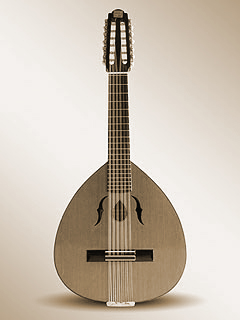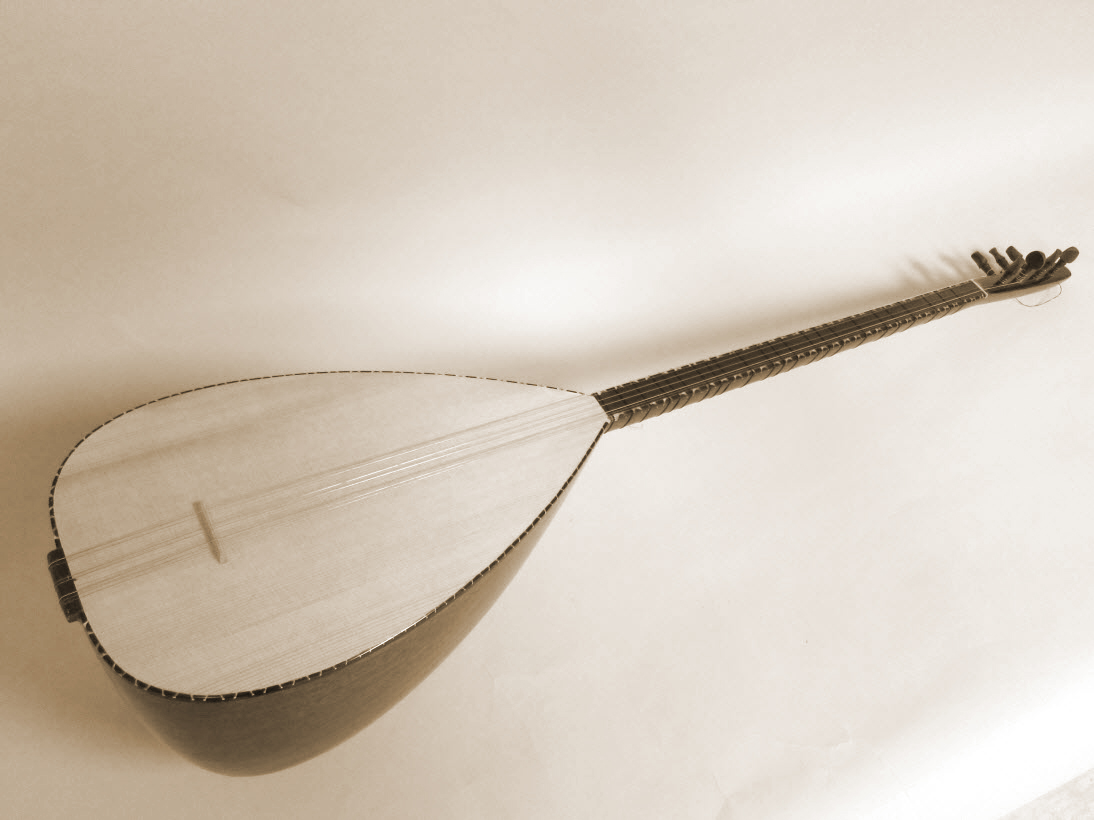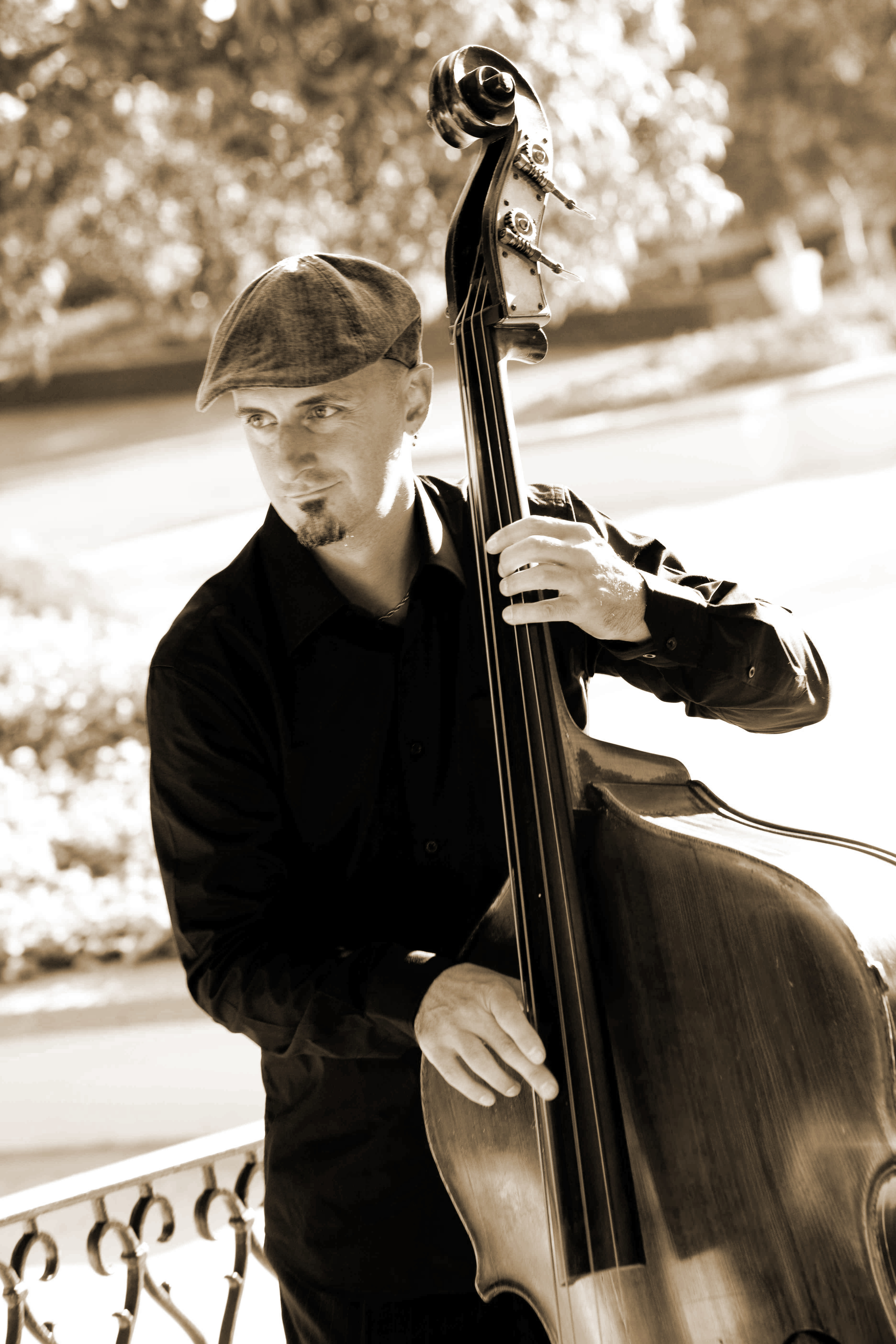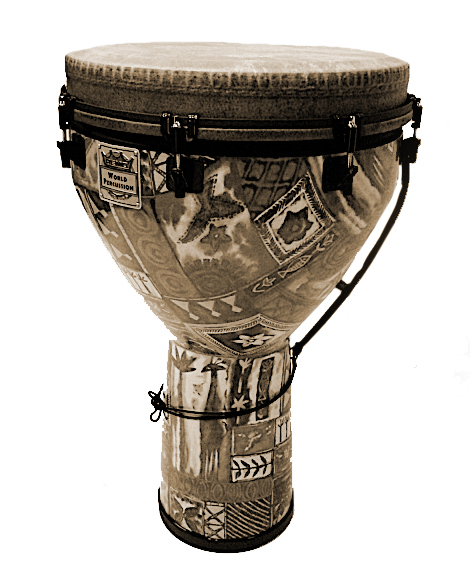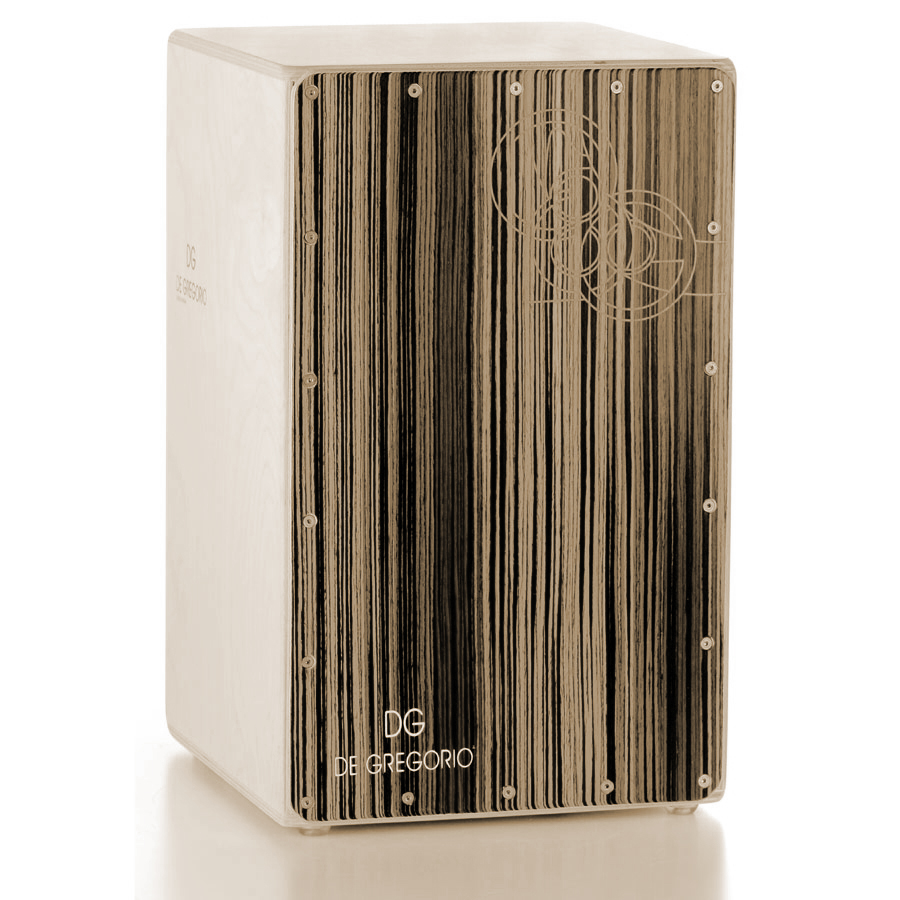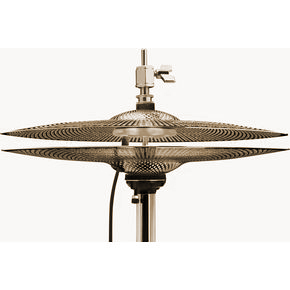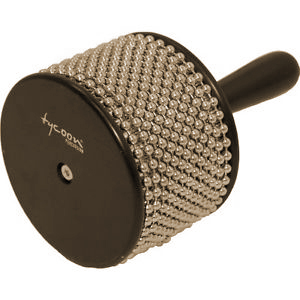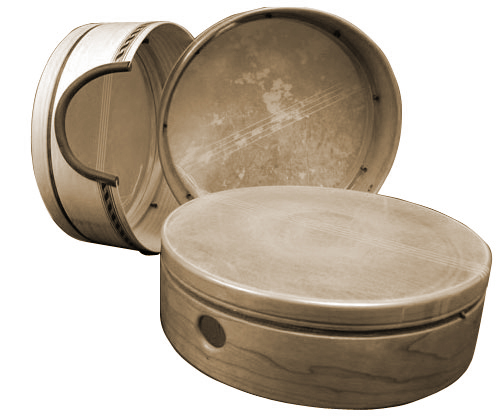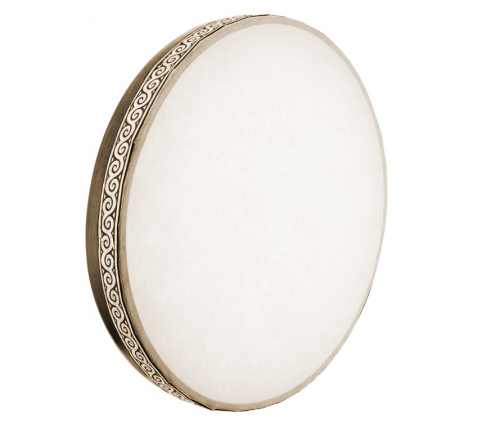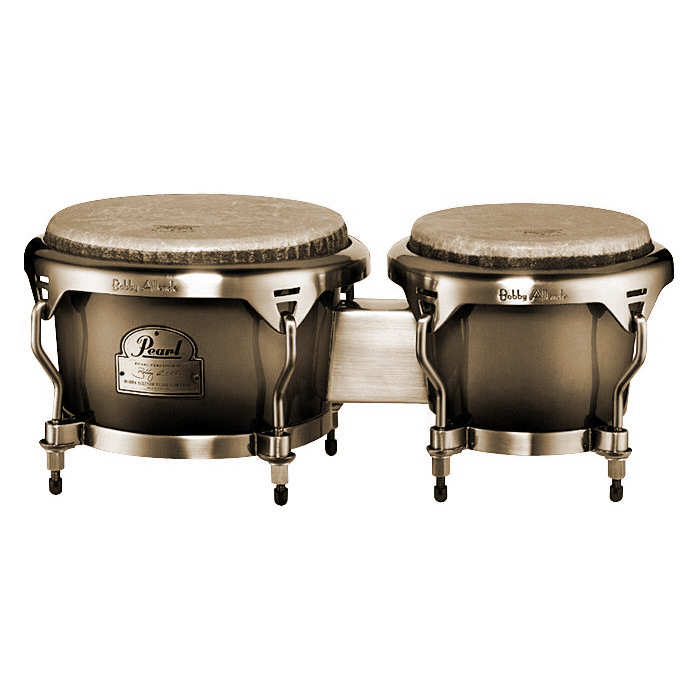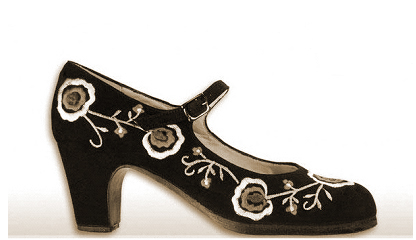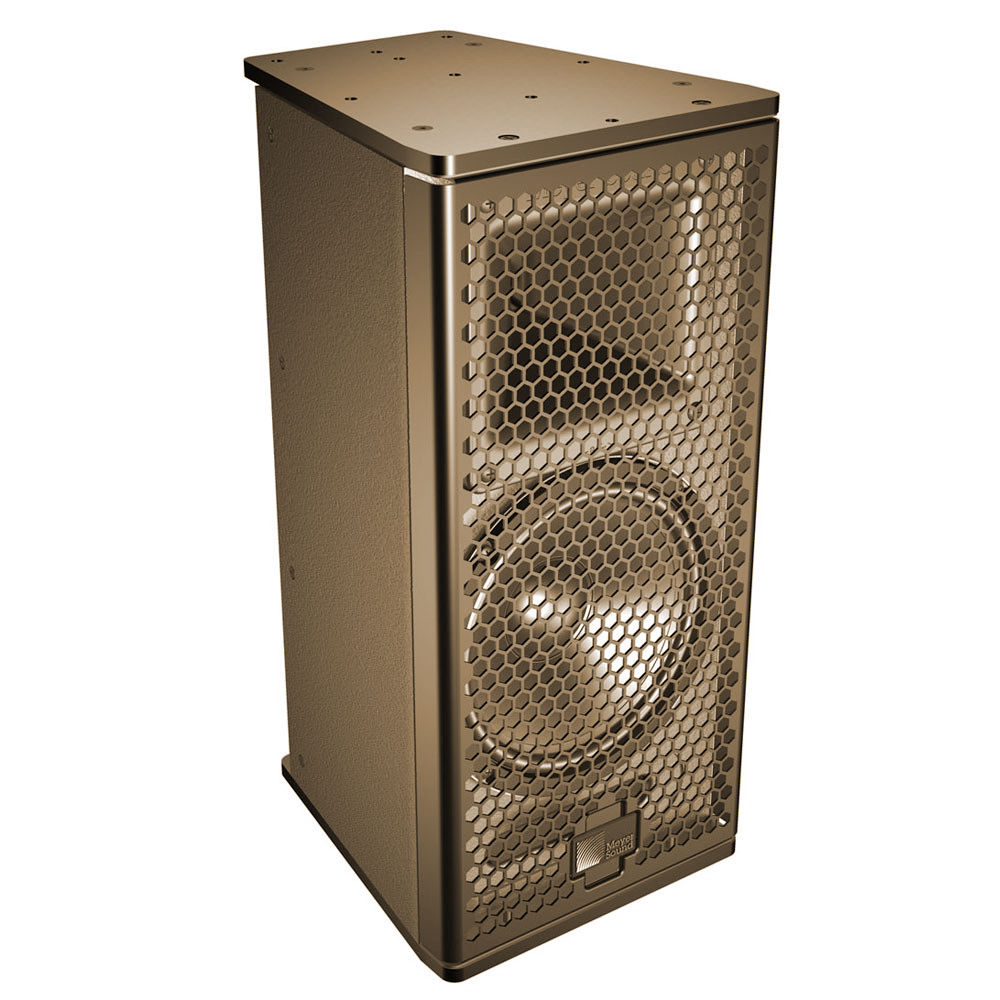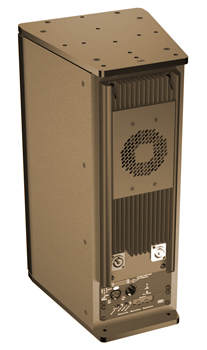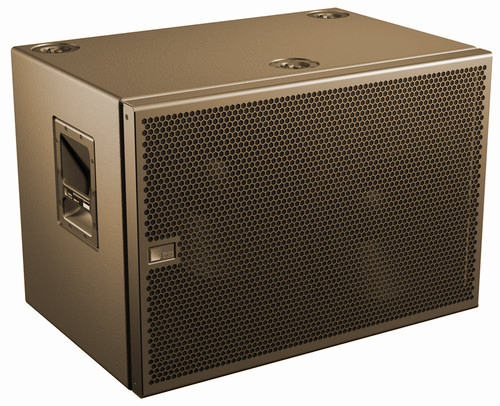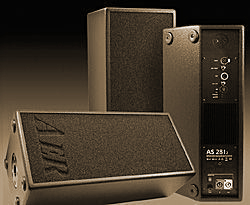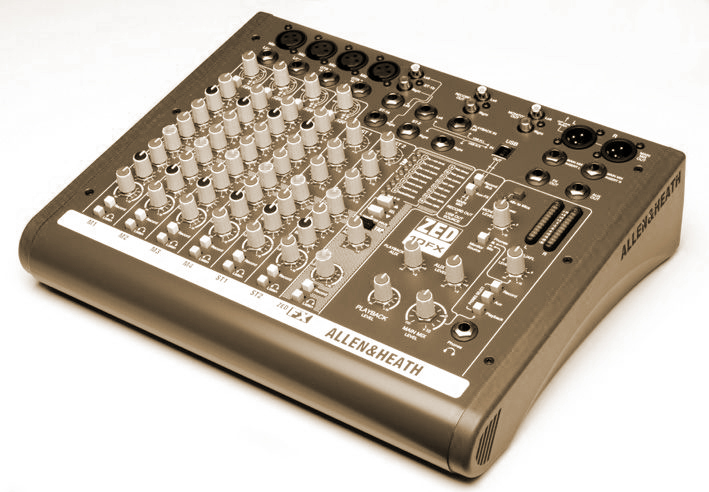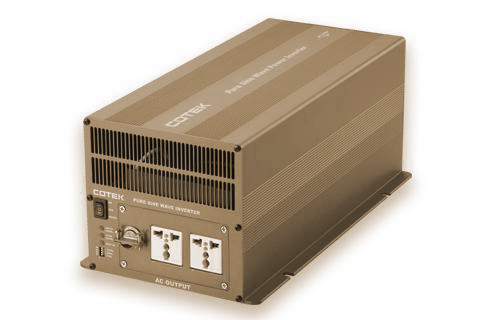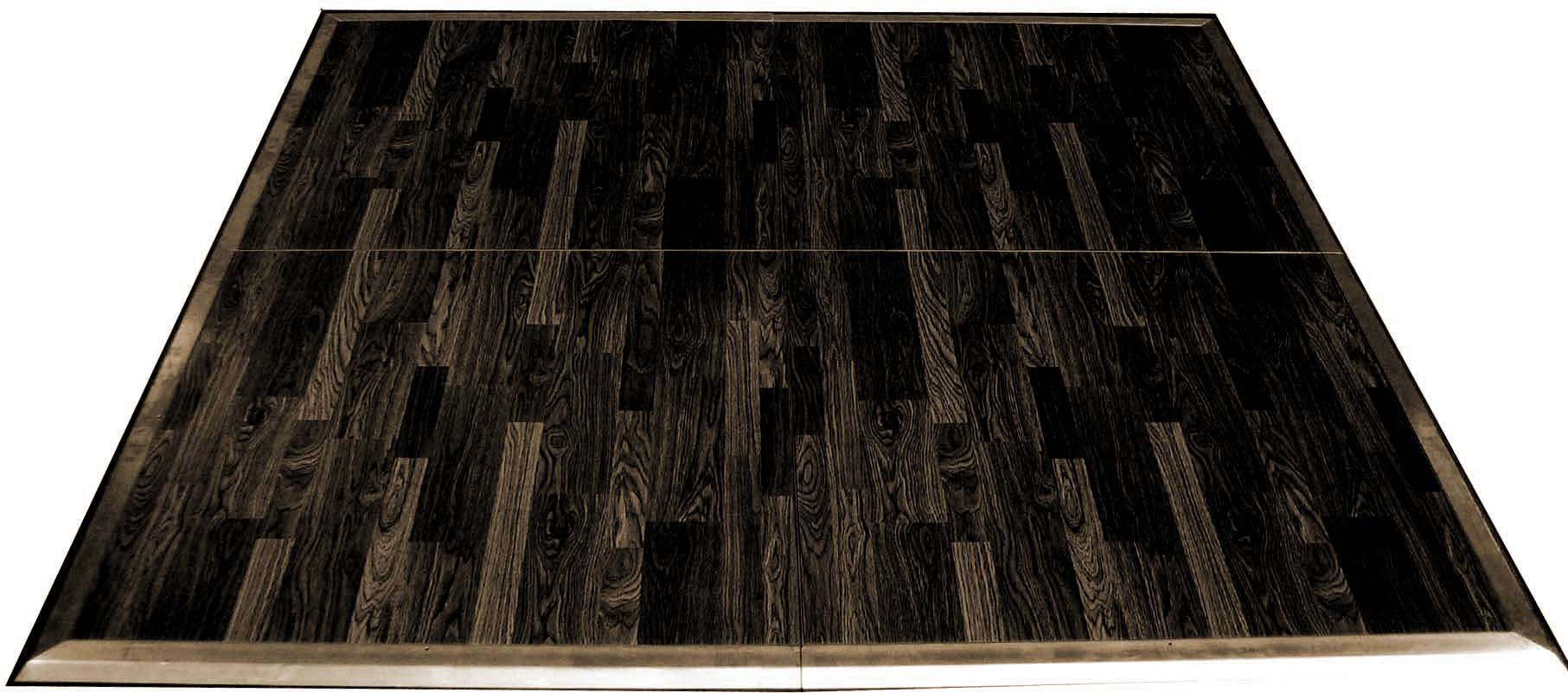Instruments and equipment
Traditionally, flamenco consisted of voice, dance and only one instrument: The guitar. However, in the 1970's, flamenco artists began experimenting with instruments from other musical traditions to provide a wider timbre of sounds. Over time, the cajón, a wooden percussion box originally from Perú, became possibly the most successful addition to the flamenco sound. While the cajón has not always been used in the most traditional flamenco cuadro (group) performances, it is now very commonly used in musical formations and functions very, very well due to it's dry sound and quick decay. It's a bit like a drum kit in a box, and it has just the right punch needed for flamenco rhythm and a nice variety of bass and treble notes.
I have encouraged the percussionists who perform with me to include a variety of instruments that I believe work really well for the particular style of flamenco we perform, such as cajón, djembe (a deep African drum), hi-hats, shakers, darbuka/dumbek (the middle-eastern goblet drum), def, bendir, bongos, and even Indian tabla.
In addition, I really enjoy performing with my friends Sam Johnson, whose upright and fretless electric basses add a deep dimension to our sound, and Scot Taber who has spent countless hours learning the intricacies of the guitar tunes we play as 2nd guitarist.
I also play laúd, a 12 string Spanish mandolin like instrument, and saz, a 7 string Turkish instrument. Both have a sharper, steel string sound which add a really nice melodic timbre that contrasts from the nylon string flamenco guitar. Together, these instruments allow us to create a wide variety of sounds and textures so that guests can enjoy both the visual and auditory experience.
Left to right, top to bottom are: laúd (Spain), saz (Turkey), bass (Europe), djembe (Africa), darbuka/dumbek (middle-east), cajón (Perú), hi-hat (USA), cabasa shaker (Africa), bendir/tar (middle-east), def (middle-east), bongo (Latin America, Cuba), flamenco dance shoes (Spain). Yes, flamenco dance shoes can be considered an instrument along with the dance floor, as dancers become percussionists with their footwork, which must be heard by both the performers and the audience.


